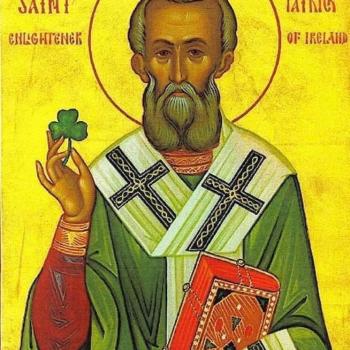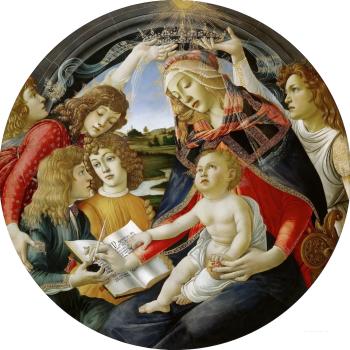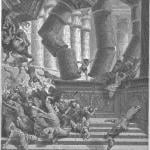The house with the most Christmas lights in my neighborhood had the decorations down by Dec. 30. It perfectly represented Christmas in popular culture.
Christmas Day, Dec. 25, is the day Christianity shakes free of the cultural Christmas and begins the Christian season of Christmastide.
The popular 12 Days of Christmas aren’t the days before Christmas, they are the days after. They are a daily reminder of the presence of God.

They begin Christmas Day and end with Twelfth Night, the evening of Jan. 5. The next day is Epiphany, when Christian tradition celebrates the arrival of the Magi, the wise men. Epiphany also marks the baptism of Jesus and the beginning of his earthly ministry.
Christmastide dates back to before the Middle Ages.
In some ways, Christmastide is a complementing balance to the Lenten season in the spring. During Lent we reflect on ourselves in God and during Christmastide we reflect on God in the world.
The Christmas season is more than what most people think it is. Just as God is more than what most Christians think God is.
God is the baby born on Christmas and every baby ever born, everywhere.
God is in the church on Sunday and walking with refugees on Monday.
God is the life-giving energy of the Sun and the moon rising to reflect the Sun and illuminate the darkness with a power that controls the tides of the Earth.
God is the night sky, filled with millions of stars orbited by thousands of planets, and more wonderful than all the Christmas lights on Earth.
The stardust of creation — the DNA of the Creator — courses through each of us, from the Christ child in the nativity manger to the child abused by the government.
God is in all of creation and all of humanity. Every day, in every one.
This is the message of Christmastide.












